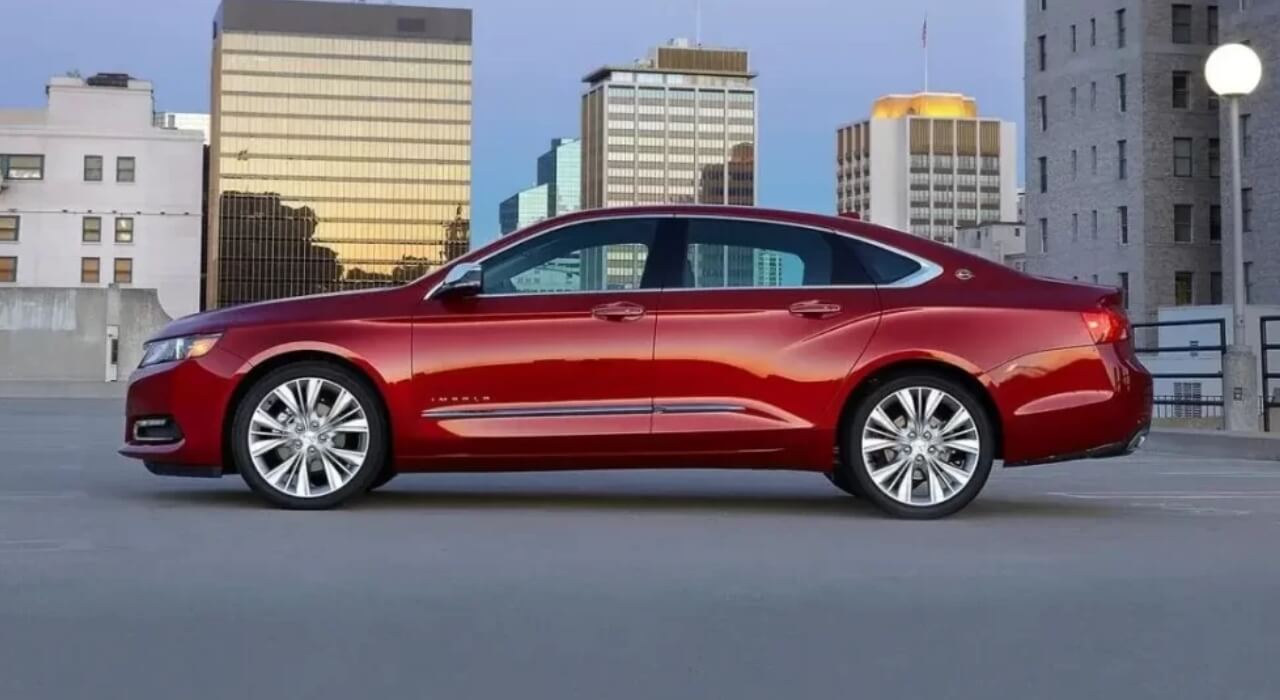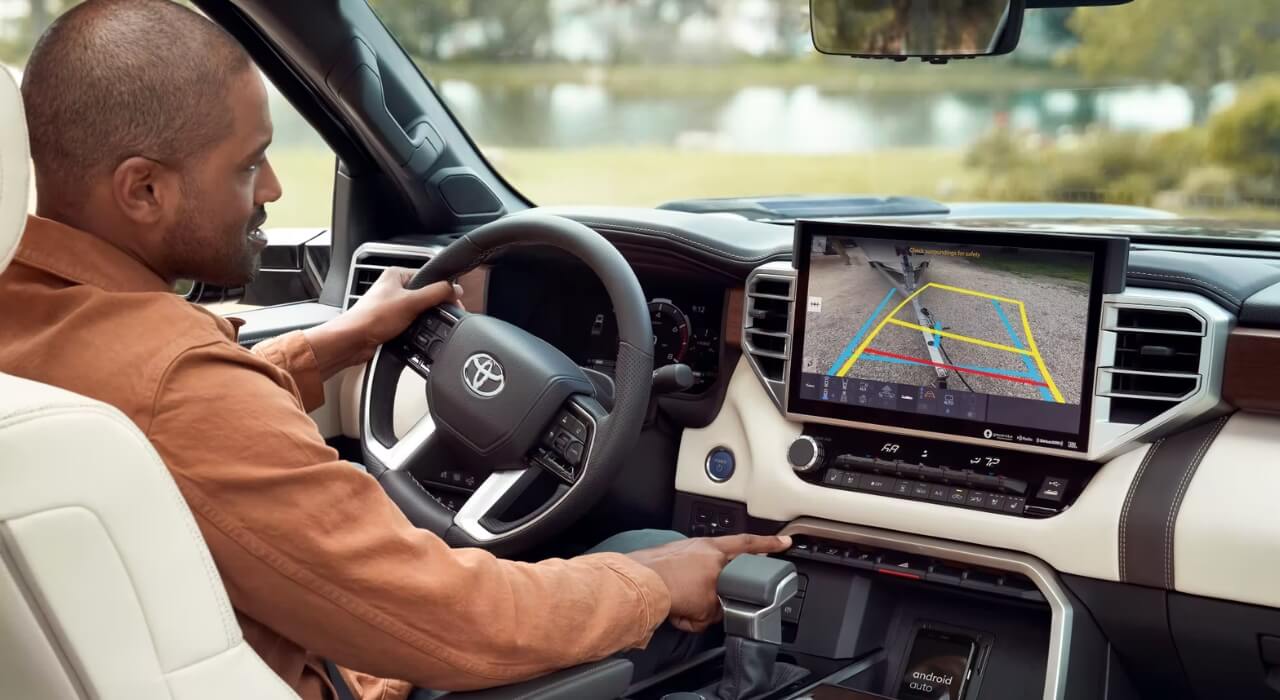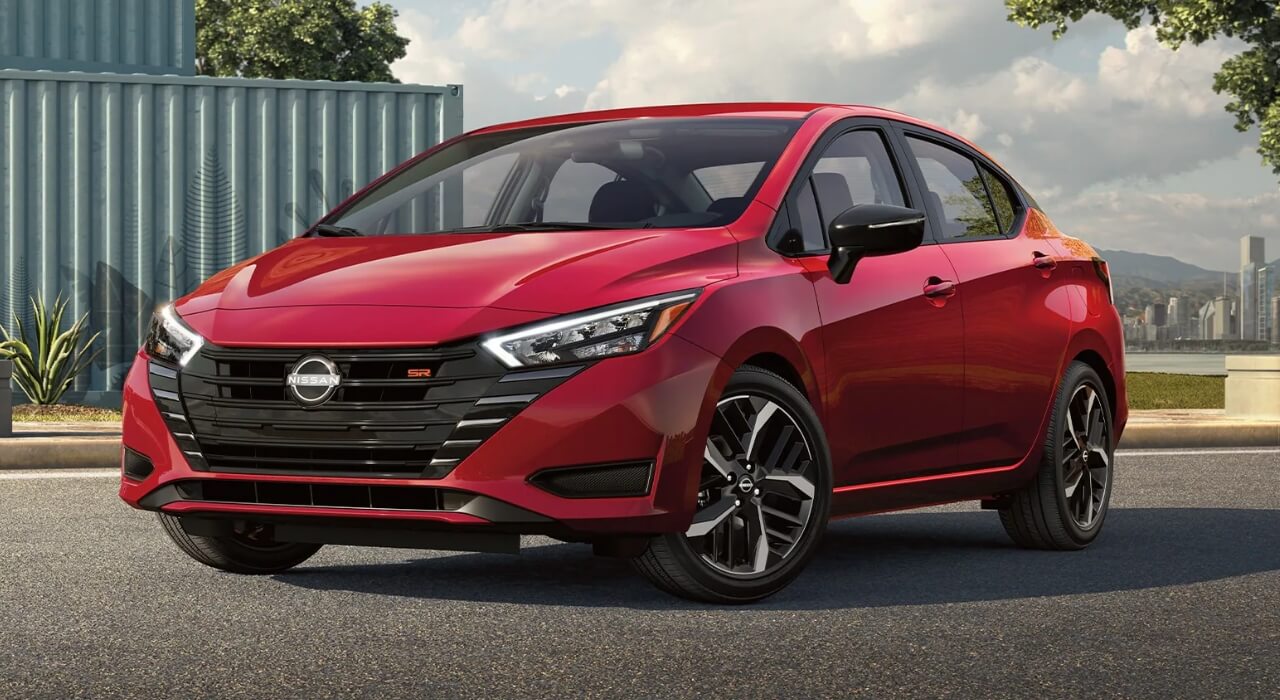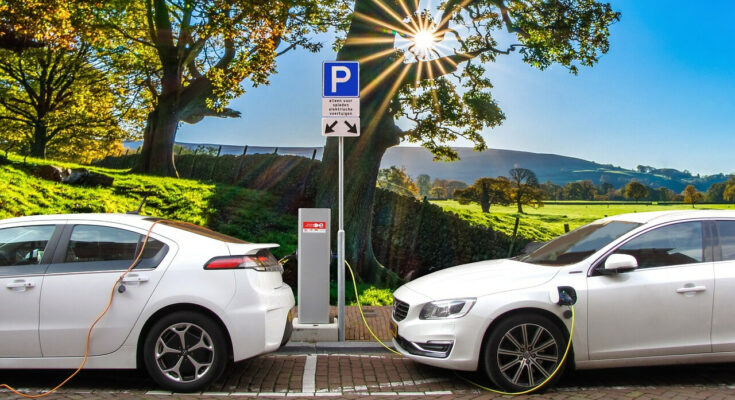The buzz around electric vehicles has been going on for years now. Ever since car companies around the world began developing and then selling EVs, there was a promise of a cleaner, quieter, more efficient future. But now, the initial burst of excitement has passed, and U.S. buyers seem to be putting on the brakes. Recent reports say that the momentum of EV sales is slowing down. Why exactly is this happening?
Why Are Electric Vehicle Sales Declining?
Electric vehicles (EVs) seemed like they were set to take over the nation. Early fans bought them quickly, and major automakers began pouring resources into making more. Tesla led the charge for a long time, with other companies beginning to follow suit.
But lately, the momentum has screeched to a halt. EV sales growth has stalled, and consumer enthusiasm appears to be sputtering. Is this just a bump in the road, or are consumers losing interest? This article will explore the potential reasons for this decline and discuss ways to ease the transition.
Factors Contributing to the Slowdown
There are a number of factors that may be contributing to the decrease in electric vehicle sales. From high costs to charging station anxiety, keep reading to learn more about these obstacles.
High Cost
For many Americans, the high cost of electric vehicles remains a major roadblock. The sticker price of the average EV is still significantly higher than its gasoline counterpart, often by $10,000 or more. Financing options for EVs are also not great, potentially saddling buyers with higher interest rates and longer loan terms.
Suggestion: Are Radar Detectors Legal In USA? – Know Before You Buy In 2024
This means that low-income communities, those who stand to benefit most from EVs’ reduced environmental impact and lower running costs, can’t afford them. Without affordable entry points, the promise of cleaner air and quieter streets is out of reach for these populations.
Range Anxiety
For many drivers, a nagging worry clouds the excitement of EVs: range anxiety. It’s the fear of getting stranded with a dead battery, especially outside urban areas with their network of charging stations.
Imagine cruising down a scenic highway, enjoying the freedom of the open road, only to see your EV’s range dwindling faster than the miles tick by. A quick search throws up charging stations miles away, each one a pit stop in your scenic journey. A recent study by AAA found that cold weather can slash an EV’s range by up to 40%, turning that comfortable 250-mile buffer into a gut-wrenching 150. And don’t forget the charging time factor. While fast chargers can replenish batteries in 30 minutes or less, Level 2 chargers, commonly found in public spaces, can take hours. Imagine swapping scenic overlooks for parking lot purgatory, watching the minutes tick by as your EV slowly sips its electric fuel.
Addressing this anxiety, through better education, strategic charging stations, and continued battery advancements, is crucial to getting consumers comfortable with EVs.
The Charging Infrastructure Gap
While urban cities are full of charging stations, rural landscapes are basically charging deserts. This uneven distribution throws a wrench in the smooth transition to EVs, leaving many potential adopters worried about this obstacle.
Just how uneven is the terrain? This map from the Department of Energy shows cities beaming with charging dots, while the majority of rural America is more bare. Statistics paint a similar picture. According to reports, only 15% of electric vehicle charging stations are located in rural areas and more than 60% of rural residents live over 30 miles from the nearest charging station.
Also Check: Double Cab Vs Crew Cab – Which Pickup Is Best For You In 2024?
Even in urban areas, apartment dwellers face their own charging challenges. Access to personal charging in garages or dedicated parking spots remains limited, forcing dependence on public stations. However, studies have found that a whopping 21% of public charging stations were non-functional at any given time.
These charging gaps aren’t just inconvenient; they can be deal-breakers for potential EV buyers. The fear of being stranded without a charge, especially in rural areas or unfamiliar urban neighborhoods, is a powerful deterrent.
Consumer Adoption Challenges
Beyond the glaring price tag and charging anxieties, another layer of barriers further dampens the thrill of embracing EVs. For many, the leap into electric feels mysterious or confusing. A lack of awareness about EV benefits, charging options, and even basic functionalities keeps potential buyers tethered to their familiar gas-guzzlers. Limited test drive opportunities only exacerbate this unfamiliarity, leaving the uninitiated hesitant to take the plunge without experiencing the electric ride firsthand. From deciphering charging protocols to navigating maintenance schedules, the learning curve can seem daunting.
But the story doesn’t end there. As EVs evolve, safety remains a crucial yet sometimes overlooked thread in the story of their success. While the instant torque and lower center of gravity inherent in EVs offer inherent crash protection advantages, affordability often dictates which safety features get prioritized. Equipping budget-friendly models with advanced safety features like automatic emergency braking and lane departure warning systems could be a game-changer, attracting a wider market segment concerned about both their wallets and their risk of a serious car accident.
Addressing range anxiety through reliable charging infrastructure can also contribute to safer driving. The fear of getting stranded with a depleted battery can lead to risky behavior like pushing the limits of remaining range or speeding to reach a charger. By ensuring widespread access to reliable charging stations, we can not only ease anxieties but also potentially discourage these risky maneuvers.
An Electric Future
Fostering a safer transition to EVs necessitates an investment in clear, accessible educational resources. Simple, informative guides demystifying charging protocols, maintenance needs, and even basic EV functionalities can empower potential buyers and encourage more confident, responsible driving habits. Ultimately, it’s about building a bridge between the familiar and the electric, ensuring a smooth and safe journey for everyone as we navigate the exciting, emission-free roads ahead.
Remember, a well-informed and confident driver is a safe driver. By investing in awareness, education, and accessible charging infrastructure, we can not only unlock the full potential of EVs but also pave the way for a future where clean mobility thrives hand-in-hand with responsible, safe driving practices.



















